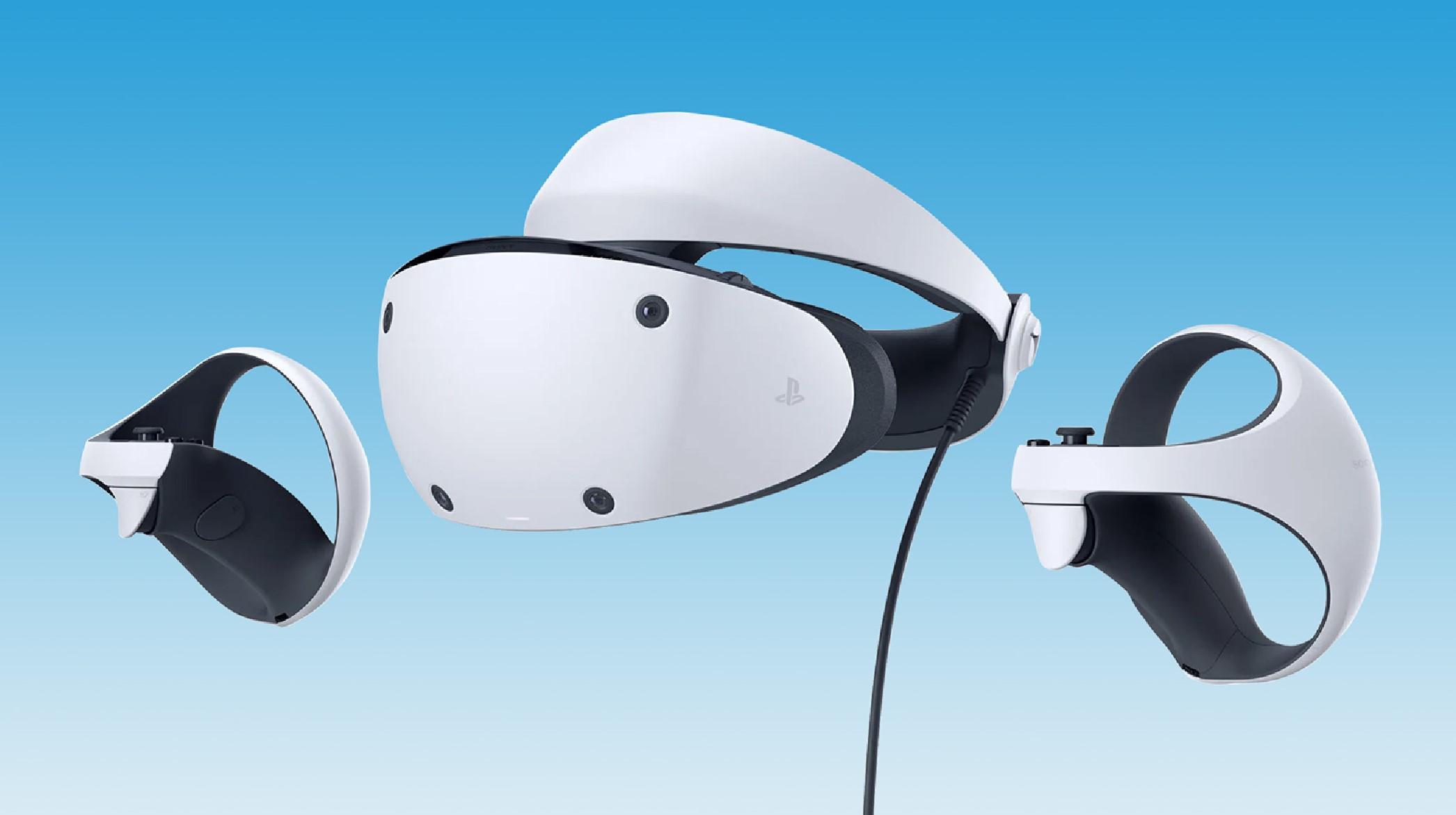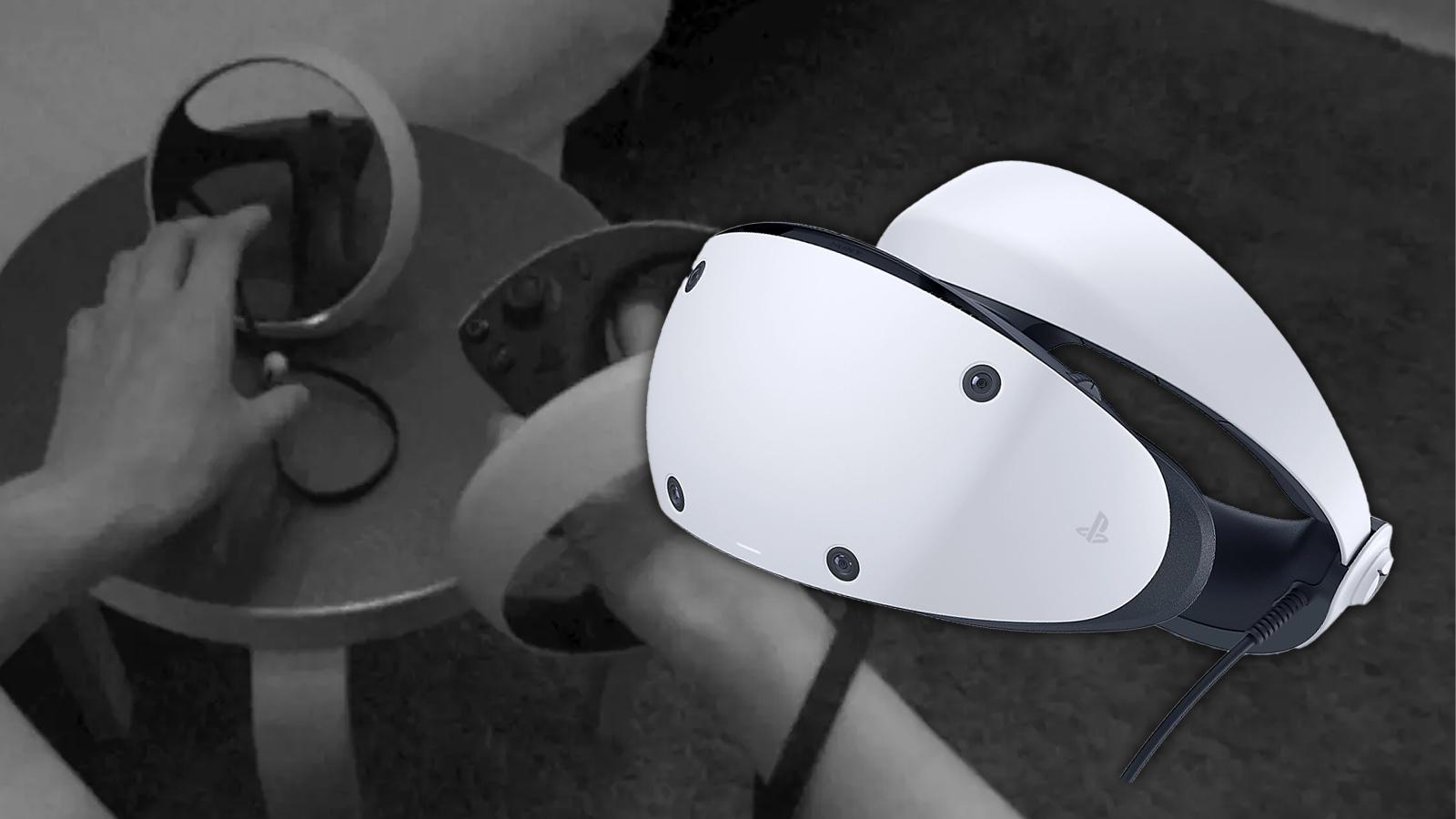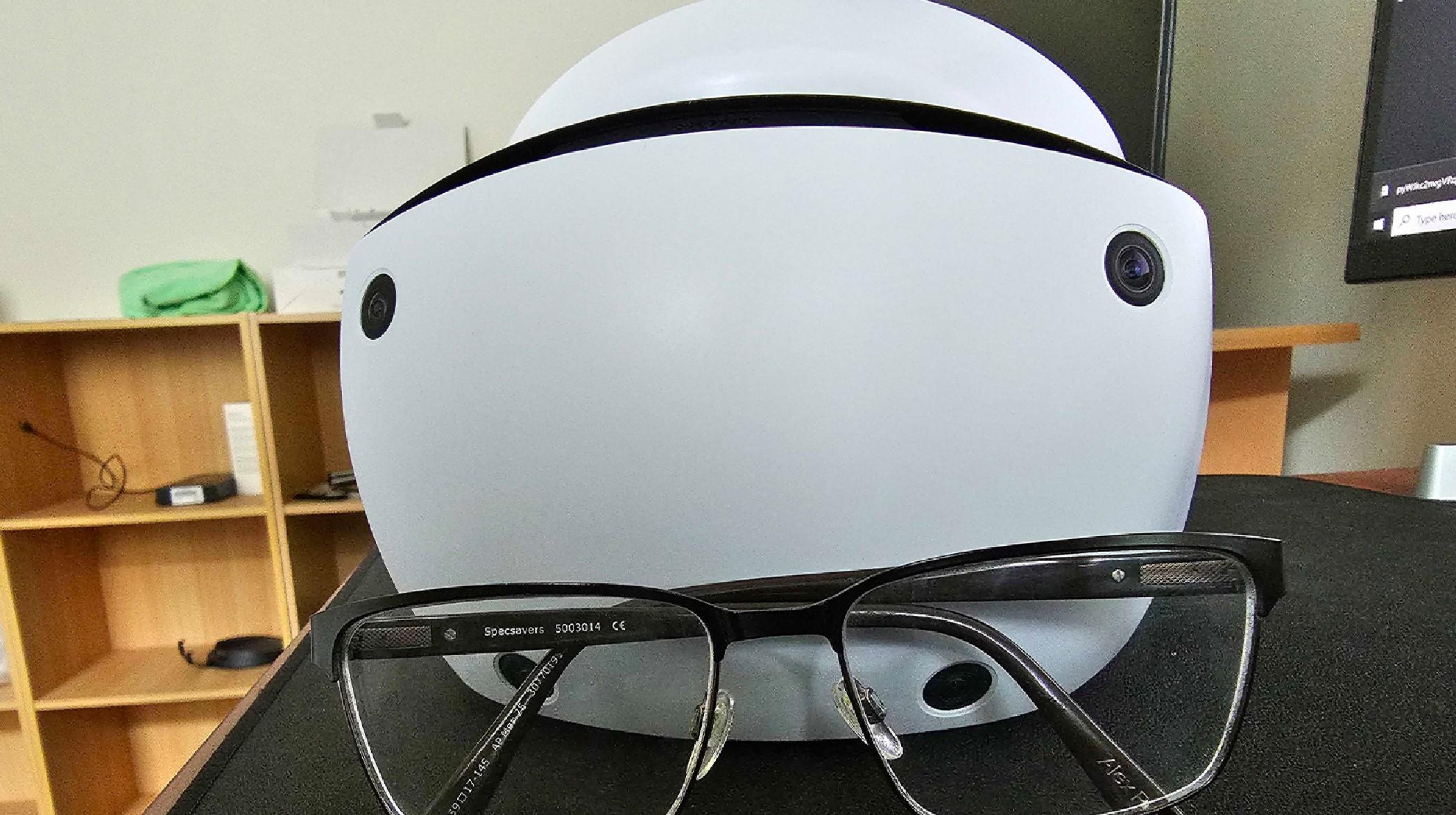Moss developers break down PS VR2 porting process: “It’s a serious effort”
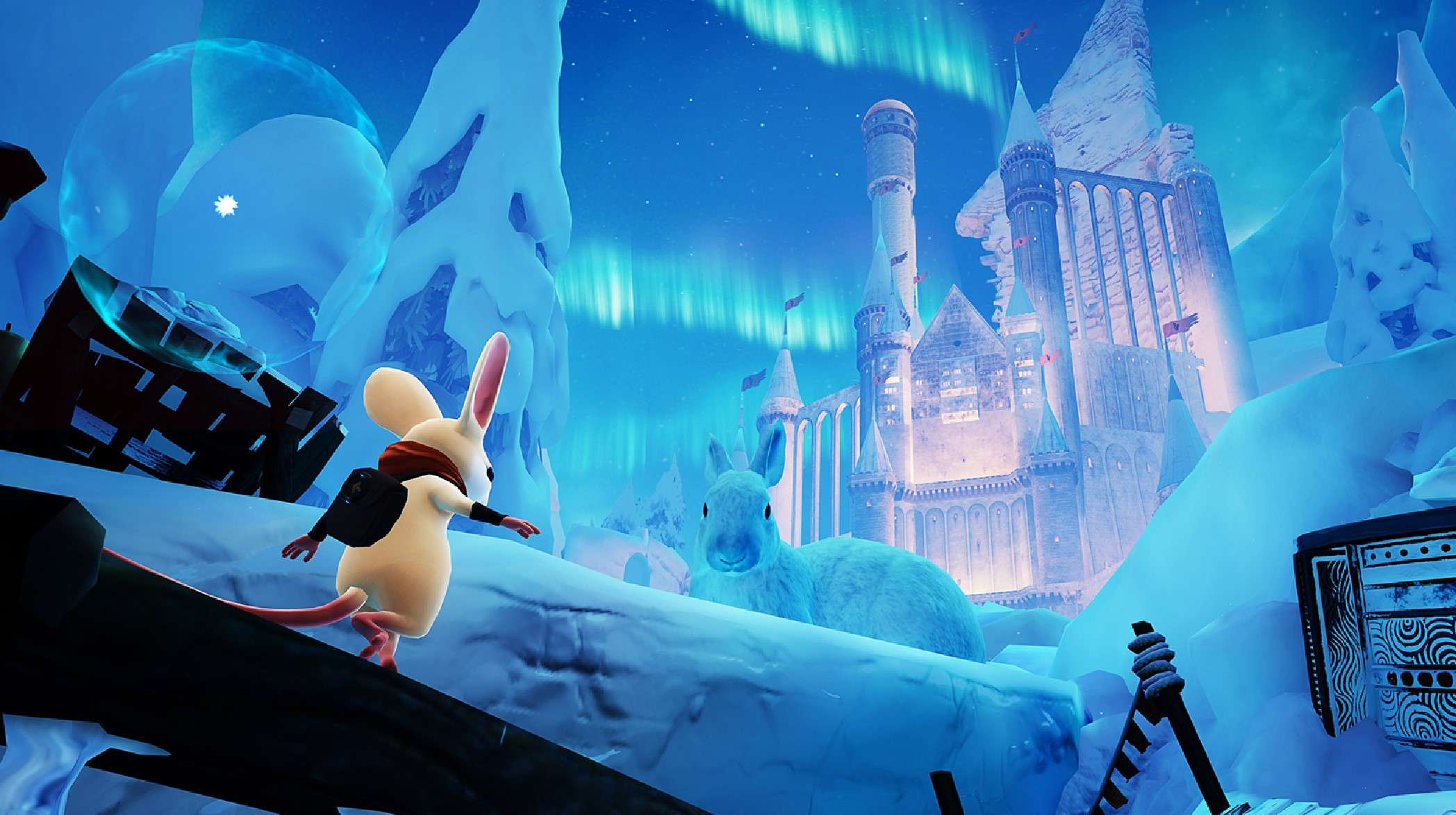 Polyarc
PolyarcWith the launch of Sony’s PS VR2 now just days away, many have questioned why a vast swath of games on the company’s first virtual reality headset aren’t making the leap forward. Dexerto spoke with Polyarc, the team behind Moss & Moss: Book II, to shed some light on the extensive porting process and uncover just what goes into reworking existing titles for the new hardware.
February 22 marks a step forward for consumer-grade VR headsets as Sony’s second iteration in the space hits store shelves. Boasting 4K resolution (2,000 x 2,040 per eye), eye-tracking, foveated rendering, and new haptic-infused controllers, all signs point toward it being a considerable upgrade over the original headset from 2016.
Looking to make a splash right out of the gate, more than 30 games are locked in for day one, with the Horizon series even making its way over to VR thanks to Call of the Mountain.
However, despite the improved hardware and solid launch lineup, one piece of news raised eyebrows in the leadup: The PS VR2 will not support original PS VR games out of the box. We can point to a number of factors why, namely the rig’s technological advancements, but in short, it means all existing games require a more intricate port, one that could take months of dedicated effort.
To dive into this porting process and gain insight from those getting in on the ground floor, we spoke with Polyarc Publishing Director Lincoln Davis and Lead Artist on Moss: Book 2 Coolie Calihan on all things PS VR2. From when they first got their hands on the hardware to how their iconic puzzle games meshed with the upgraded equipment, here’s how it all went down.
Contents
- The first rumblings of Sony’s new VR unit
- How PS VR2 pushes the envelope
- Bringing existing games to PS VR2 is a “serious effort”
- An “exciting” future ahead for PS VR2
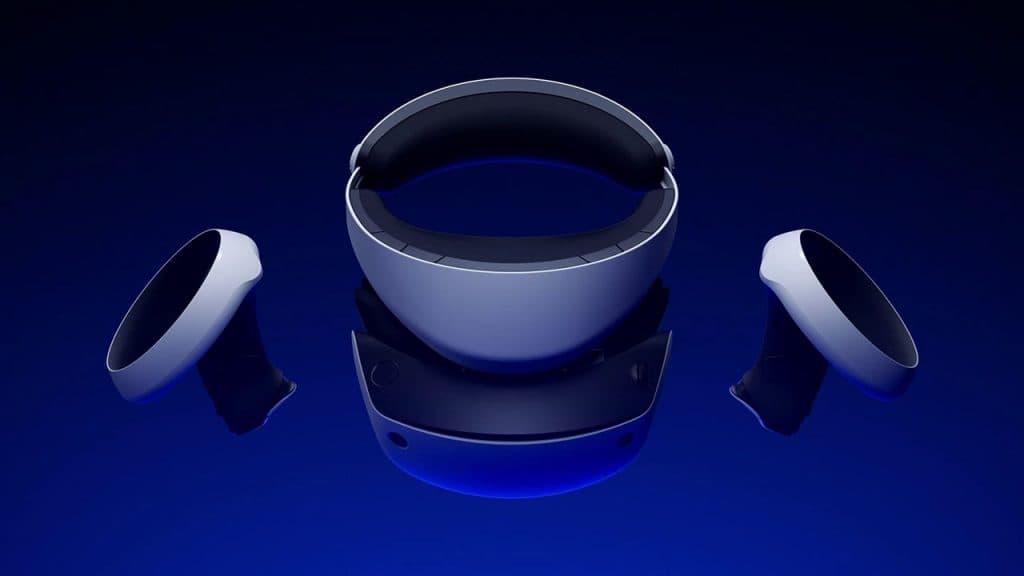 Sony
SonyThe first rumblings of Sony’s new VR unit
Like many in the space, the team at Polyarc initially heard of Sony’s second VR headset when the rest of the world found out. There wasn’t much in the way of exclusive early access or testing opportunities. Instead, they followed along as the general public did, watching various patents spill out online in 2021 and pondering the potential of this new machine.
“Things are really tight-lipped at Sony,” Davis said. “We first heard about [PS VR2] when things leaked, when the patents were filed and those were leaked too.” For the studio behind Moss, they were already hard at work bringing the next chapter to life while porting the original to new hardware. Fortuitous timing meant they were in a prime position to capitalize with both chapters when Sony made things official.
“We were already starting to iterate on what it would look like, even before we started talking about PS VR2. We were creating content for the platforms that were either announced, or we had agreements with. So we were developing for Quest 2, that was a big one. Then we were anticipating stuff that Sony would come out with, just from the rumors we were hearing.”
When Sony finally lifted the curtain on its new hardware in 2022, that’s when the devs were really able to “figure things out” and “optimize the experience” they were already toiling away on.
“We shipped Book 2 in March of 2022, then we started to get some information trickling in on what the new PS VR2 features would be,” Calihan added.
How PS VR2 pushes the envelope
Beyond the more expected technical leaps in regard to resolution, frame rate, and the like, PS VR2 enters the market with a few unique tricks up its sleeve. From foveated rendering, a technique that hones graphical fidelity only to the area you’re looking at, to headset haptics, vibration in the hardware itself to provide a new layer of feedback, there’s plenty for developers to take into account here that they wouldn’t elsewhere.
All of these new bells and whistles were “exciting” for the team at Polyarc, but a few stood out as they got to work on bringing the Moss series over.
“I think we all understood the adaptive triggers and the headset rumble, we knew those would be really important channels of feedback for the player to become more immersed,” Calihan said.
“Things like taking damage and having your headset rumble, grabbing objects in the world and feeling the trigger resist your finger pull. There are little pots you can reach in and grab and break. Having the trigger kind of resist and then crunch is just super satisfying. I think we knew we were going to layer these features on top of what was there.”
In some cases like the above, it didn’t take long for the team to get these new features working just right and for all to agree it was a positive enhancement. But in other situations, things took a little more tweaking to get right, and even after extensive testing, a unanimous decision still couldn’t be reached.
“When we started to realize just how powerful the headset rumble was, we focused a lot of our time on that to make sure it felt good and didn’t pull you out of the experience. The very first time we started playing around with the headset, people kind of had controversial opinions about it. Some people were like ‘I just want to turn it off, I don’t want it on at all.’ Then others like me, we were just like ‘yeah, let’s layer it on!’”
Fortunately for those that may fall in the former camp, Dexerto was able to confirm with Polyarc that headset rumble can be turned off entirely through the PS VR2 system settings.
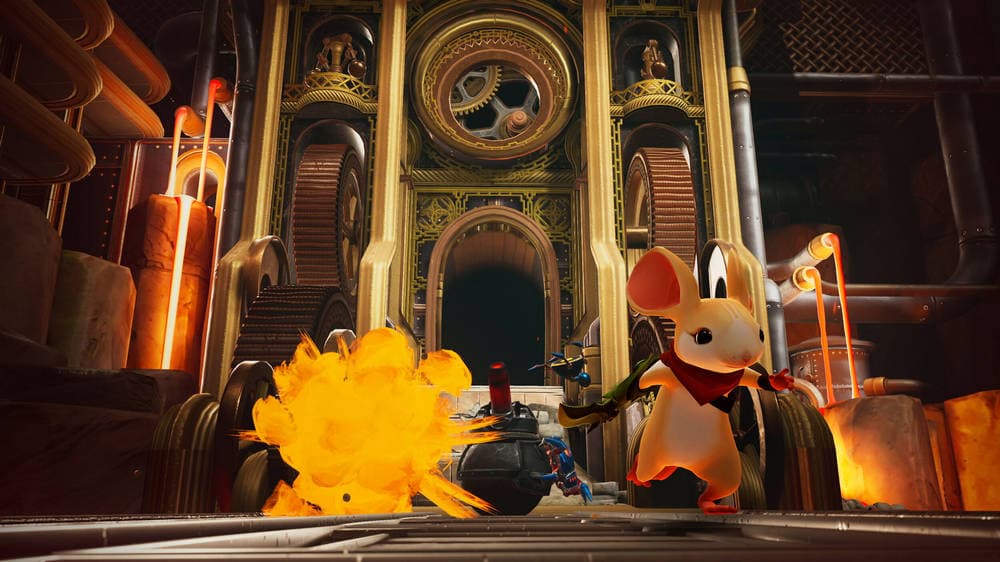 Polyarc
PolyarcMuch like the headset rumble example, as Polyarc soon came to realize, certain PS VR2 capabilities just can’t be forced into any existing game without ample testing and consideration. Another such feature is eye-tracking, a new advancement the devs tried in numerous ways before settling on the right fit.
“We had some ideas for eye tracking that were pretty cool, but it ended up not being as impactful as we thought,” Calihan continued. In one example the team tested, Polyarc tried having various puzzle elements glow if the player wasn’t looking at them after a set amount of time. A means of guiding the user toward the solution without handholding the entire time. Though even this more subtle hint just didn’t quite gel with the Moss experience.
“That sometimes gave away the puzzles, the joy of discovery of figuring out what you can and can’t do in a room. So we dialed that back.”
Bringing existing games to PS VR2 is a “serious effort”
Building a new VR project from the ground up for a specific piece of hardware is one thing. But retooling said project for a new piece of equipment is a different beast entirely. As Polyarc argued, bringing its titles over to PS VR2 can’t even be labeled as just a mere ‘port’. Rather, it’s something “more” altogether.
“It’s definitely a lot harder than just downloading an update and installing it,” Calihan joked. “We had a whole team working on it. It’s more than a port because we are building these new features. The engine needed to be upgraded, and that’s a pretty significant task for the engineering team.”
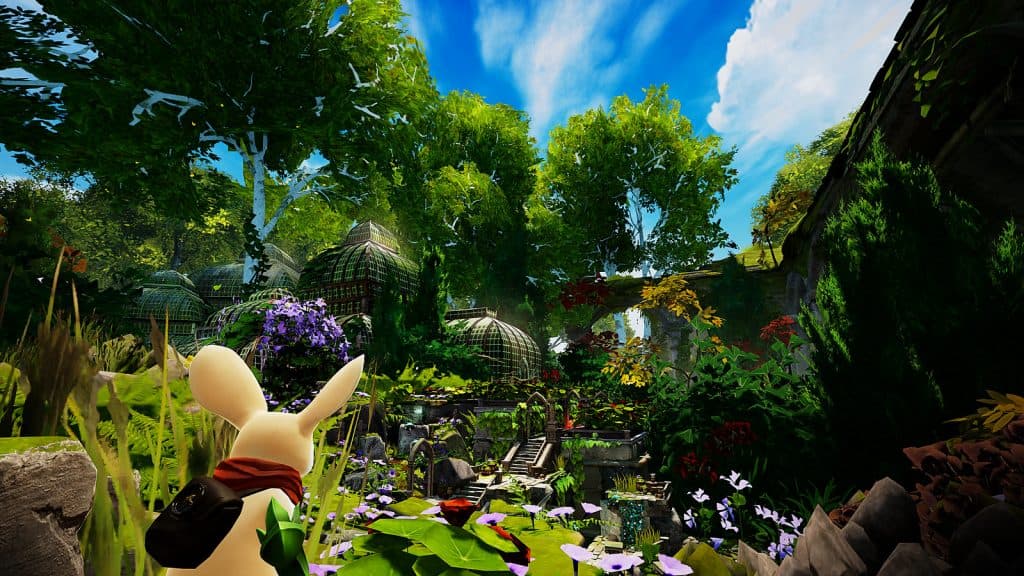 Polyarc
Polyarc“When we’re going in and plugging in these new systems, things can get broken, so there’s a fair amount of testing involved. And anytime you’re making something totally new, for us, headset rumble is an entirely new feature, the way the game interacts with that system, we needed to build tools around that to make it easier for designers to iterate and test it. They’re taking the headset on and off constantly, trying different settings and different profiles for vibration.”
When all is said and done, it’s a far more involved process than many general fans may give credit for. Considering the enhancements in Sony’s new rig, it’s far from a matter of copying code over and having it work with just a few simple tweaks. Many elements of original games need to be rewired from scratch while completely new elements need to be implemented in a way that doesn’t tarnish the experience.
It’s a tricky tightrope to walk and for that, bringing over existing titles to PS VR2 is a “serious effort,” Calihan said. “It’s an effort that requires multiple developers over a period of many months to produce.”
As a result, we’re seeing many PS VR2 launch titles charging players again for either new versions of the game or premium upgrades. It’s due to this extensive development process that free upgrades appear to be out of the question for most upcoming launches, Calihan suggested.
“We are still a small studio at the end of the day. It isn’t a sustainable practice for us to be able to give an update for this. It would just be hurting our business if we chose to go that route. As much as I don’t want to make someone pay for the same experience twice, I feel comfortable asking people to pay for Moss twice, just because of how much of an upgrade it is from the previous versions.
“Even Moss 1, it still looks like Moss 1, players aren’t going to be in totally new environments or anything. But the frame rate is higher, the resolution is a lot higher, and that alone, you can see Quill and the movements of Quill at a fidelity we’ve never seen before except on super-high-end PCs. So that’s pretty exciting, to have a consumer product that is high-end.”
An “exciting” future ahead for PS VR2
With the launch lineup soon to be upon us and just a few titles lingering in the months ahead, little else is known about the future of PS VR2. What games are currently in the works for release beyond 2023? How will Sony continue to support its new hardware? Which developers are assigning their talents to fresh VR projects? Will Half-Life: Alyx make its way over? There’s still plenty being kept under wraps.
It’s an intriguing spot to be in and one that has Polyarc excited for what’s to come, not only from their own devs, but from contemporaries in the space too.
“We are a multi-project studio,” Calihan said, teasing that “some of the ideas we’ve worked on, would work really well with PS VR2 and those features.
“The fidelity bar is so high and Sony, the way they work with developers is great. So I’m excited to see other big developers jumping into the VR space.”
As for what we’ll see next out of their Seattle studio, Polyarc remained tight-lipped. But fans can go hands-on with their first PS VR2 titles and get a glimpse of the future as Moss and Moss: Book II arrive in time for launch on February 22.
